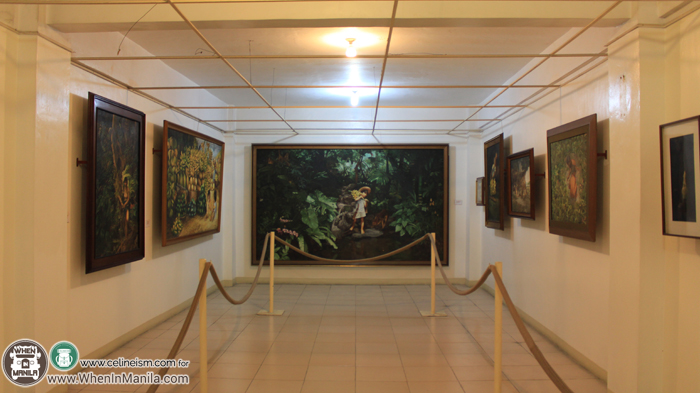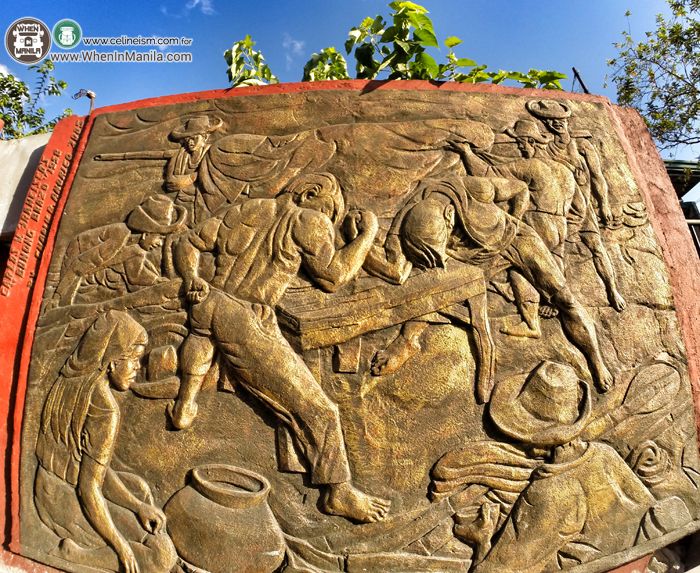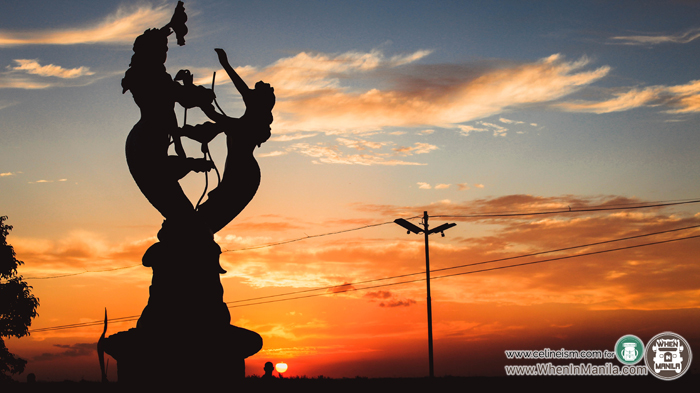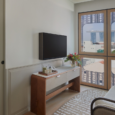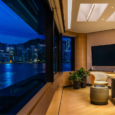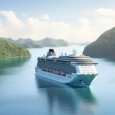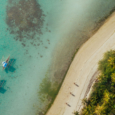In Angono, where art seeps into everyday life, the word adventure takes on a different meaning.
Here, in this lakeside town, adventure does not equate to mountaintops, or waterfalls, or even beaches. In the country’s art capital, adventure means basking in the creative genius of Filipinos, appreciating pieces of art that had sprung from an exceptionally imaginative mind. This first-class municipality may look like one’s average urbanized town, but look deeper and one will see manifestations of a culture teeming with creativity and imagination. Angono’s residents are a hodgepodge of painters, composers, poets, instrumentalists, and performers. It’s no surprise, then, that every aspect of this place exudes artistry.
From its roadsides to its gallery halls, here are six cool things you’re missing out on if you haven’t been to the Art Capital of the Philippines:
6 Cool Things You’re Totally Missing Out On If You Haven’t Been to Angono
6. The Higantes
Perhaps the best symbol of Angono’s assured identity is the higante. Once used to mock the oppressive Spanish hacienderos back when Angono was still a pueblo, it now stands for the larger-than-live creativity of its residents.
Used to be made out of papier-mache, the higante is now made from fiber glass, making it more durable and giving it a more detailed features
The higantes can be seen all around town, depicted in various forms – from the actual ones displayed in front of the municipal hall, to small curios for souvenirs. The rest of the higantes go out on display, parading on the streets, every November, during the Higantes Festival. Seeing these towering figures sashaying, then posing with them, is something every Filipino must experience at least once.
5. The Numerous Art Galleries and Museums
Angono isn’t called the Art Capital for nothing. Home to a number of renowned as well as budding young visual artists, Angono hosts several art houses. There is the Blanco Family Museum which displays the works of Pitok Blanco and his family of painters. There’s also the Carlos “Botong” Francisco Second Gallery which, aside from exhibits, offers a glimpse to the early life of the Angono-bred National Artist. Nemiranda Art House, and Balaw-balaw, meanwhile, both serve as a gallery and a restaurant.
Inside Blanco Family Museum
If you’re looking to try out painting, head out to much celebrated musician/trans-media artist Orville Tiamson‘s personal gallery for a session of “Art Jam” – visualization through the help of music. Popular cubist/realist Nani Reyes also opens his studio to visitors.
Orville Tiamson conducting a session of “Art Jam” at his personal studio
4. The Gallery on the Streets
In Angono, art is not confined within the walls of galleries and museums. Here, art is accessible to the masses through real-life sculptures in every nook of the town. This fact, and the genius of local sculptors, is best exhibited on the Street Gallery in Doña Aurora. The paved avenue is flanked with walls of carved renditions of Botong’s masterpieces. The street ends just across Saint Clement Parish, with the ancestral house of Angono’s other National Artist – Lucio San Pedro – in the corner.
The length of Doña Aurora Street is flanked by sculptures like this
3. The Oldest Artwork in the Philippines
With its great inclination to art, it’s only fitting that the oldest known work of art in the country can be found in Angono. The Angono-Binangonan Petroglyphs are 127 stylized carvings of animals and stick figures said to be associated with sympathetic magic and healing. This rock art dates back to the late Neolithic period and has been declared as a National Cultural Treasure.
Angono-Binangonan Petroglyphs: the oldest known work of art in the Philippines
2. The Food
Angono’s delicacies are nothing short of creative. The golden-brown fried itik is very popular not only among locals but also with tourists. Kumanoy the kakanin is also a delicacy that’s an overall favorite. But the art capital offers something beyond the common food trip. In Balaw-Balaw Restaurant, guests are presented a menu of both Filipino dishes and exotic delicacies such as the eponymous balaw-balaw – a dish made of fermented rice and shrimp, adobong uok, pritong palaka, pritong hantik, cow-butt-and-balls soup, and other bizarre selections.
Fried itik is a local’s favorite
1. The Magnificent Sunsets
To cap off the day, locals in Angono head out to the Lakeside Park and enjoy a quiet time over a view of Laguna Lake and distant city skylines. Lakeside Park, or “Wawa” to the locals, is a perfect place to relax and hang out. The park has a playground, an iconic mermaid statue (of course), stalls of street food, bicycle and jogger’s lanes, and a boat ride service across Laguna Lake. There’s even a zipline!
There is a bicycle rental around Wawa, or you could just bring your own bike like I do!
However, if you’re a sucker for sunsets, the Lakeside Park is definitely the place to be. The extravagance of colors here had always been a great source of inspiration for Angono’s artistic residents. Bet you’ll be inspired, too!
So, are you tired of missing out on these cool experiences? Check this DIY Travel Guide to the Art Capital, complete with more photos, a sample itinerary, budget, and contact details!
Know of a less-traveled place in the Philippines? Share it in the comments and we just might feature it next!


